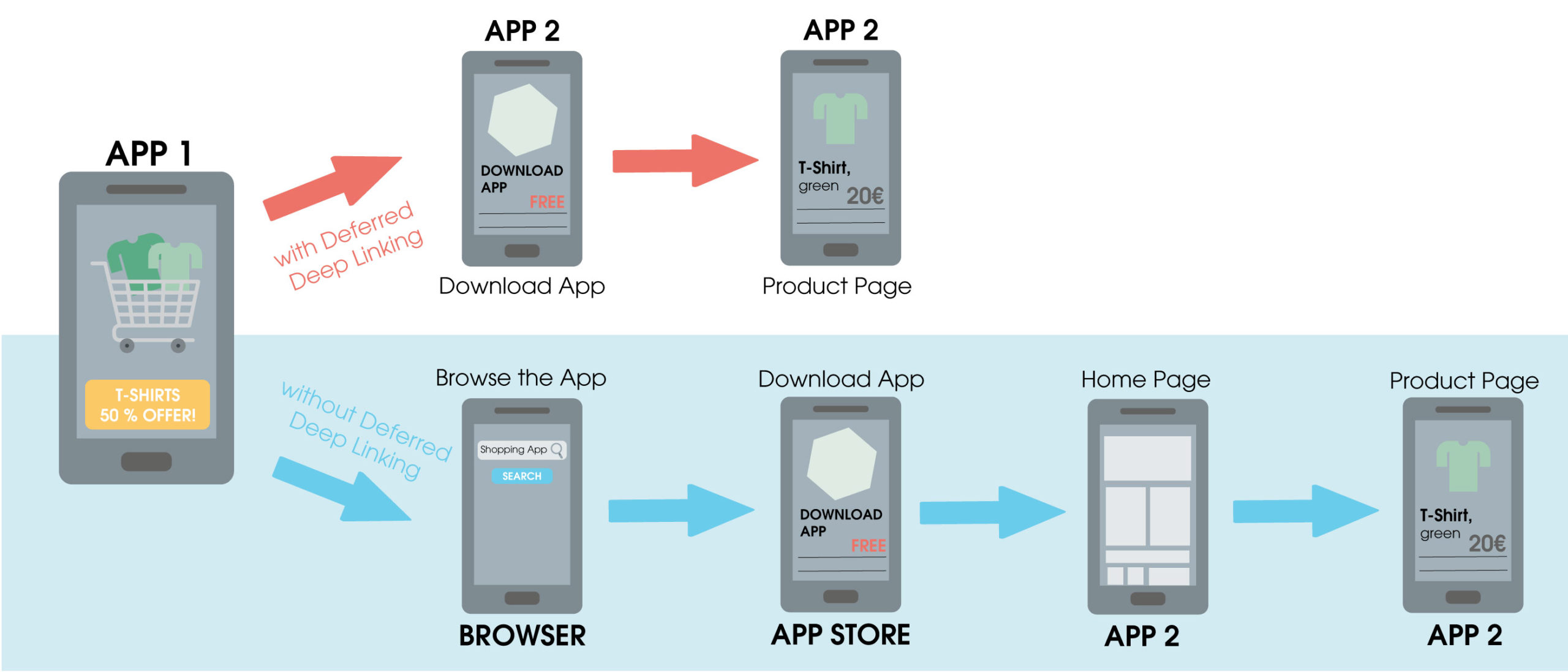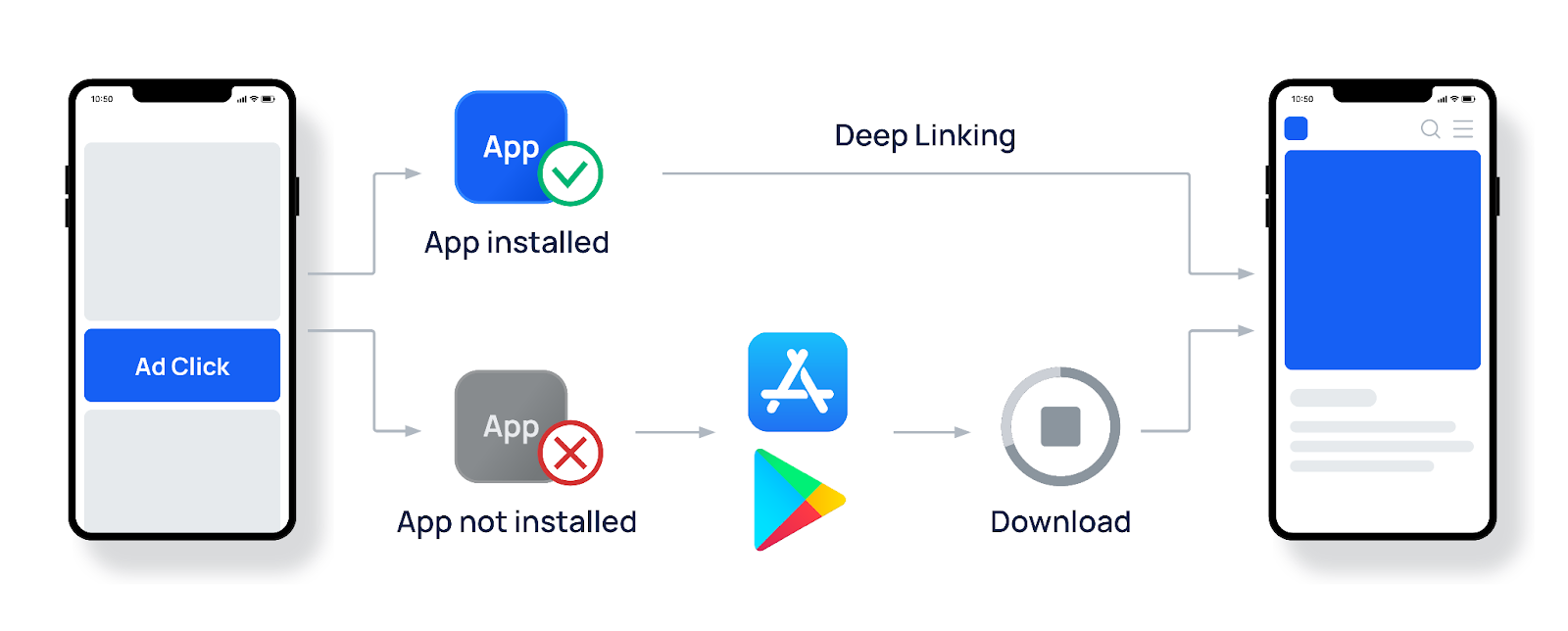Deep Hot Link: The Ultimate Guide To Understanding And Maximizing Its Potential
Deep hot linking is one of those internet phenomena that has been around for years, yet many people still don’t fully understand it. Imagine this: You’re browsing the web, and you come across an image or a file that catches your attention. You click on it, and suddenly, you’re transported directly to that specific resource on another website. That’s deep hot linking in action. But is it all good, or does it come with its own set of challenges? Let’s dive in and find out!
Deep hot linking might sound like a fancy term, but it’s actually quite straightforward. It refers to the practice of directly linking to specific content, such as images, videos, or files, hosted on another website. While it can be a convenient way to share resources, it also raises important questions about copyright, bandwidth usage, and ethical considerations.
In today’s digital age, understanding deep hot linking is crucial for both content creators and consumers. Whether you’re a website owner concerned about your resources being misused or someone looking to share content responsibly, this guide has got you covered. So, grab a cup of coffee, sit back, and let’s explore everything you need to know about deep hot linking.
- Nick Eh 15 Height A Comprehensive Look At The Rising Star
- Jake Gyllenhaal And Taylor Swift The Untold Story Of Two Icons
This article is designed to provide you with actionable insights and practical advice on how to navigate the world of deep hot linking. We’ll cover everything from its definition and benefits to its potential drawbacks and how to protect your website from unauthorized use. Let’s get started!
Here’s a quick overview of what we’ll be discussing:
- What is Deep Hot Linking?
- How Deep Hot Linking Works
- Benefits of Deep Hot Linking
- Drawbacks and Risks of Deep Hot Linking
- Legal Considerations
- Protecting Your Website from Deep Hot Linking
- Alternatives to Deep Hot Linking
- Best Practices for Using Deep Hot Links
- Case Studies: Real-World Examples
- Conclusion
What is Deep Hot Linking?
Deep hot linking, also known as inline linking or direct linking, is the practice of embedding or linking directly to specific content hosted on another website. Instead of linking to the homepage or a general page of a site, deep hot linking takes users straight to the desired resource, such as an image, video, or document. This can be incredibly convenient for users who want quick access to specific content.
- Ali Macgraw The Timeless Icon Who Stole Our Hearts
- Jaime King Movies And Tv Shows A Deep Dive Into Her Iconic Career
For example, imagine you’re writing a blog post about travel photography, and you want to include a stunning photo of a sunset. Instead of hosting the image on your own server, you might decide to link directly to the original image hosted on another website. While this might seem like a harmless shortcut, it can have significant implications for both you and the original content owner.
Why Deep Hot Linking Matters
Deep hot linking matters because it affects how content is shared and consumed on the internet. On one hand, it allows for seamless sharing of resources, which can enhance user experience. On the other hand, it can lead to issues such as bandwidth theft, copyright infringement, and unauthorized use of content. Understanding these dynamics is essential for anyone involved in digital content creation or consumption.
How Deep Hot Linking Works
When you create a deep hot link, you’re essentially pointing your website or application to a specific resource hosted on another server. Here’s how it works:
- You identify the URL of the resource you want to link to, such as an image or video.
- You embed that URL into your own website or application using HTML code.
- When a user clicks on the link or views the embedded content, their browser requests the resource directly from the original server.
- The original server delivers the resource to the user, even though they accessed it through your website.
This process can be efficient for users, but it places additional strain on the original server, as it has to serve the resource to multiple websites or applications. This is where the concept of "bandwidth theft" comes into play.
Benefits of Deep Hot Linking
While deep hot linking has its drawbacks, it also offers several benefits, especially for users and content consumers. Let’s take a look at some of the advantages:
- Convenience: Deep hot linking allows users to access specific content quickly and easily without navigating through multiple pages.
- Resource Sharing: It enables the sharing of high-quality resources, such as images and videos, across different platforms.
- Reduced Hosting Costs: By linking to resources hosted on other servers, website owners can save on hosting costs and storage space.
- Improved User Experience: Embedding content directly into a webpage can enhance the overall user experience by providing seamless access to external resources.
Drawbacks and Risks of Deep Hot Linking
Despite its benefits, deep hot linking comes with its fair share of drawbacks and risks. Here are some of the key concerns:
Bandwidth Theft
One of the biggest issues with deep hot linking is bandwidth theft. When you link directly to a resource hosted on another server, you’re essentially using their bandwidth to serve content to your users. This can lead to increased costs and resource strain for the original content owner.
Copyright Infringement
Deep hot linking can also raise legal concerns related to copyright. If you link to content without the owner’s permission, you might be violating their intellectual property rights. This can result in legal action or other consequences.
Unstable Links
Another potential issue is the instability of deep hot links. If the original content is removed or the URL changes, your link will break, leaving users with a frustrating experience.
Legal Considerations
When it comes to deep hot linking, legal considerations are crucial. While the laws surrounding this practice vary by country, there are some general principles to keep in mind:
- Copyright Laws: Ensure that you have permission to use any content you’re linking to. If the content is copyrighted, unauthorized use could lead to legal trouble.
- Terms of Service: Check the terms of service of the website hosting the content. Some sites explicitly prohibit deep hot linking in their policies.
- Fair Use Doctrine: In some cases, linking to content may fall under the fair use doctrine, but this depends on the specific circumstances and jurisdiction.
Protecting Your Website from Deep Hot Linking
If you’re a website owner concerned about deep hot linking, there are steps you can take to protect your resources. Here are some strategies:
Hot Link Protection
Hot link protection is a feature offered by many web hosting services that prevents other websites from linking directly to your resources. By enabling this feature, you can ensure that only authorized users can access your content.
Watermarking
Adding watermarks to your images and videos can help deter unauthorized use. Even if someone deep hot links to your content, the watermark will make it clear that the resource belongs to you.
Content Delivery Networks (CDNs)
Using a CDN can help distribute your content more efficiently and reduce the impact of deep hot linking. CDNs cache your resources on multiple servers, making it harder for others to exploit your bandwidth.
Alternatives to Deep Hot Linking
If you’re looking for ways to share content without resorting to deep hot linking, here are some alternatives:
- Download and Host: Download the resource and host it on your own server. This ensures that you’re not relying on someone else’s bandwidth.
- Embedding: Use embedding tools provided by platforms like YouTube or Vimeo to share videos without deep hot linking.
- Attribution: Provide proper attribution and links to the original source, allowing users to access the content directly from the owner’s website.
Best Practices for Using Deep Hot Links
If you decide to use deep hot links, following best practices can help minimize risks and ensure ethical use:
- Always seek permission from the content owner before linking to their resources.
- Provide clear attribution and links back to the original source.
- Monitor your links regularly to ensure they remain active and functional.
- Be mindful of the impact on the original server’s bandwidth and resources.
Case Studies: Real-World Examples
To better understand the implications of deep hot linking, let’s look at a couple of real-world examples:
Example 1: Bandwidth Theft
A popular blog discovered that several websites were deep hot linking to their high-resolution images. This resulted in increased server costs and slower load times for their own users. By implementing hot link protection, they were able to regain control over their resources.
Example 2: Copyright Infringement
An independent photographer found that their work was being used without permission on various websites through deep hot links. They took legal action against the offenders, resulting in settlements and the removal of unauthorized links.
Conclusion
Deep hot linking is a powerful tool that, when used responsibly, can enhance the user experience and facilitate resource sharing. However, it’s important to be aware of the potential drawbacks and legal considerations. By following best practices and taking steps to protect your own content, you can navigate the world of deep hot linking with confidence.
So, what’s next? If you’re a website owner, consider implementing hot link protection and other measures to safeguard your resources. If you’re a content consumer, always respect the rights of content creators and seek permission before using their work. Together, we can create a more ethical and sustainable digital ecosystem.
Have any questions or thoughts about deep hot linking? Leave a comment below, and let’s keep the conversation going! Don’t forget to share this article with your friends and colleagues who might find it useful. Together, we can make the internet a better place!



Detail Author:
- Name : Tyrell Beer PhD
- Username : beahan.reggie
- Email : ole.cruickshank@yahoo.com
- Birthdate : 1971-06-16
- Address : 46608 Herzog Village Apt. 088 Bechtelarside, OR 15415
- Phone : +1-859-807-5143
- Company : Powlowski and Sons
- Job : Maintenance and Repair Worker
- Bio : Delectus sunt necessitatibus distinctio illo nam sit. Ab quidem est error eligendi. Placeat adipisci ad esse mollitia consequatur voluptatem non.
Socials
instagram:
- url : https://instagram.com/schroederj
- username : schroederj
- bio : Voluptatum voluptatibus beatae et. Enim quia qui reprehenderit quae ad recusandae iusto.
- followers : 4867
- following : 2328
linkedin:
- url : https://linkedin.com/in/juliana7904
- username : juliana7904
- bio : Velit architecto eum eaque fuga et.
- followers : 6710
- following : 1014